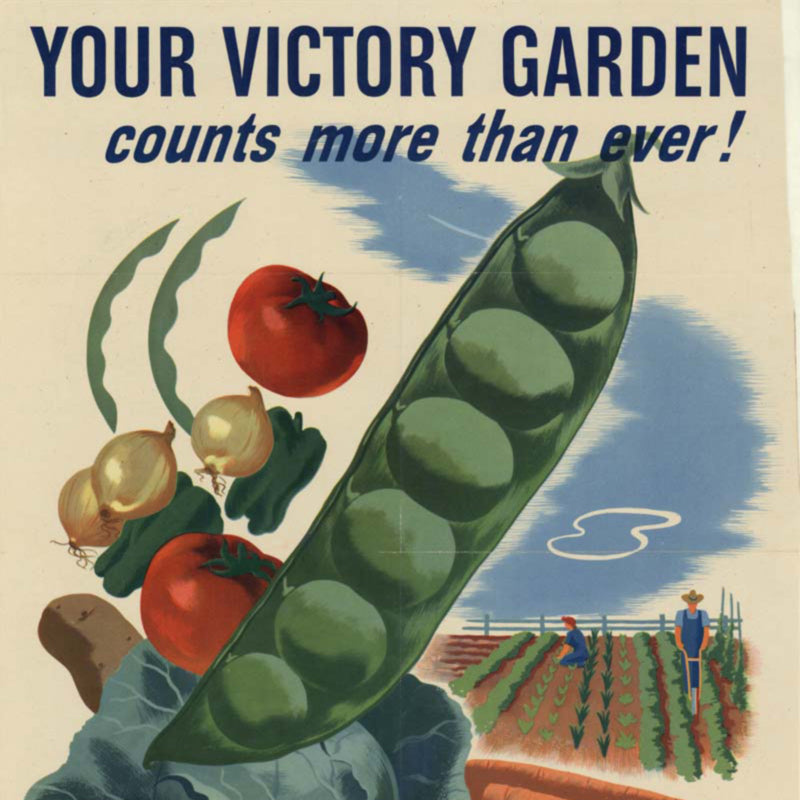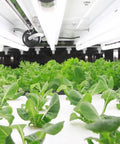
Gardening has been around for as long as we can remember, but how has it managed to still play a major role in our lives with newer modern agricultural technology? Throughout war and now even climate change, gardening proves time and time again how much it truly affects how we’ve shaped the world around us.
What are Victory Gardens?
War has the undeniable power to divide humanity but also provide a shining beacon of hope and unity. Throughout history, victory gardens became an unexpected answer to a problem and challenged civilians to prove their resilience to the world around them. When international crises emerged in the early 20th century, people around the world united to create food gardens on public and private land in an effort to curb the agricultural demand from civilians. Tomatoes, peas, squash, cabbage, carrots, lettuce and turnips were the most popular fruits and vegetables harvested in gardens all over the world. The fruits of their work, recorded in millions of pounds, helped save struggling citizens from hunger.
History of Victory Gardens

In 1914, the world was submerged into the throes of World War I. For the next four years, Europe battled over bilateral issues and broken alliances. When farmers were subsequently drafted or enlisted into the military, a devastating food shortage left vulnerable citizens struggling to survive. Overwhelming pressure was placed on the agricultural industry by the governments to provide for citizens and soldiers both in the U.S. and abroad.
As the United States entered the conflict in 1917, businessman Charles Lathrop Pack established the U.S. National War Garden Commission for Americans to contribute to the war effort by planting, harvesting, and storing their own fruits and vegetables so that more food could be reserved for soldiers and shipped overseas. Using vacant lots such as backyards, school grounds, and parks, women primarily led the charge of producing bountiful harvests for the nation. Eventually, the population-at-large through social clubs and civic associations grew into an international movement. It's estimated that 8 million pounds of food were produced by some 20 million victory gardens and exported around the world, covering about 40% of demand during the time.
After the dust of the First World War settled, it wasn't long before war gardens re-emerged with World War II in the early 1940s. As the bounty of Mother Nature's soil was transformed into battlefields, the limitations from food rationing served as an inspiration to start victory gardens again. In addition to idle lands being recycled for food, citizens became even more creative by growing crops in flower boxes, individual planters, and on rooftops. Victory gardens not only saved society from hunger once again but also evolved into a patriotic symbol of support for soldiers and morale for humankind.
Victory Gardens Today

Today, Victory Gardens have more or less transformed into personal and community gardens to help combat against climate change. Its independence from commercial agriculture gives confidence to gardeners who fear the worst-case scenarios or simply want to know where their food comes from. Additional inspiration to create a modern-day victory garden can be driven by improving diet, educating children about nutrition, reducing grocery bills, organic produce trends, community building, and sustainable living.
Creating Your Own Victory Garden
As taken from the history of Victory Gardens, you don’t need acres of land or even community gardens to create your own victory garden. Whether you’ve brought the outdoors inside with an ēdn SmallGarden or you’re getting creative with the small space on your patio, growing your own harvests are a great way to lower overall carbon emissions and your personal environmental footprint.








